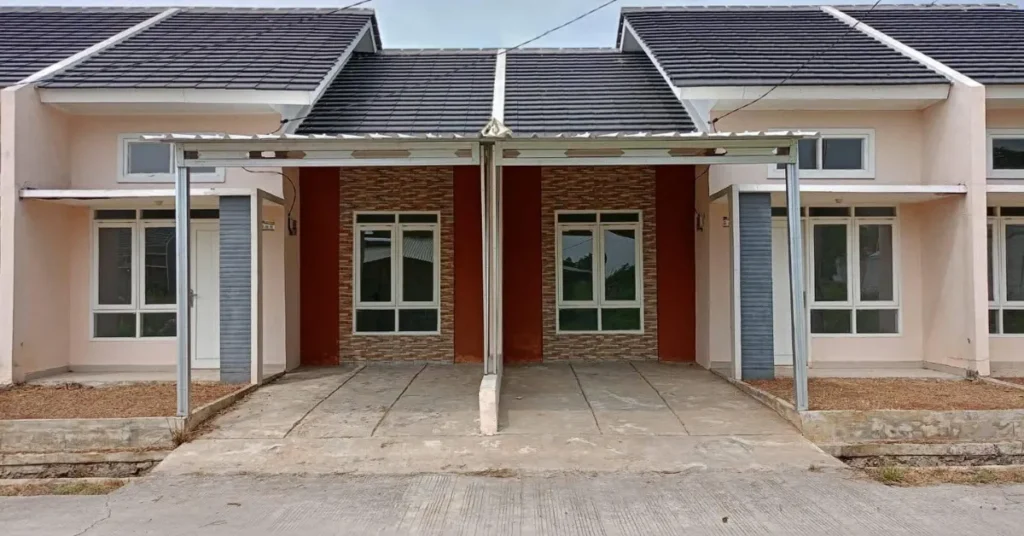
Welcome to the Age of Subsidized Square Footage
When Real Estate Met Politics: A Love-Hate Story
There’s a peculiar romance between real estate and government. It’s not the kind you find in fairy tales, but more like a complicated situationship on Facebook: “It’s… complicated.”
We found this resource helpful: Unlock Flavor Perfection: The Secret to the Best Guacamole with Onion Powder
Why? Because whenever governments meddle with housing—offering tax cuts, lowering interest rates, dishing out subsidies—real estate doesn’t just respond. It reacts. Prices shift. Demand spikes. Developers pivot. Suddenly, what was just another sleepy suburb becomes the next big thing.
We’ve seen it all over the world: an incentive here, a policy tweak there, and boom—people start lining up at 3AM to buy a two-bedroom on the edge of nowhere. It’s fascinating, sometimes infuriating, but always powerful. So let’s talk about it—not from an economist’s dry textbook, but from the messy, funny, and occasionally absurd perspective of what it’s really like to live, buy, build, or invest in a market sculpted by political intent.
Yang Perlu Kamu Ketahui :
Why This Topic Isn’t Just for Economists Anymore
If you think “government incentives in real estate” sounds like a topic best left to a bored policy analyst in a beige office—think again.
This stuff affects everyone. First-time homebuyers trying to make rent money stretch into a mortgage. Developers wondering where to place their next bet. Parents refinancing to help their kids get on the property ladder. Investors hunting for the next “up-and-coming” area. Even renters feel the ripple.
So yeah—this isn’t just about policies and percentages. This is about people.
Understanding Government Incentives—Without the Yawn
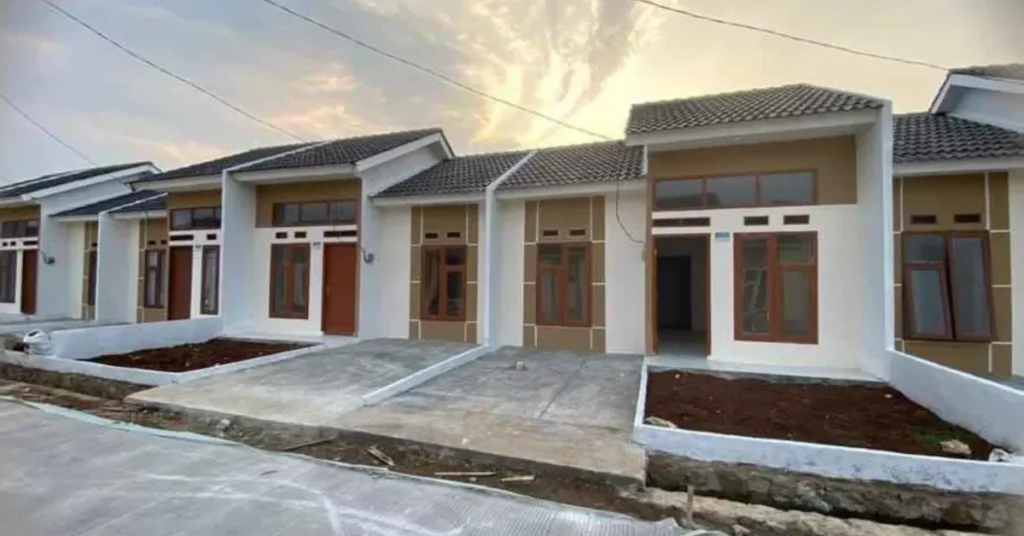
What Counts as a “Government Incentive” in Real Estate?
Let’s cut through the jargon. A government incentive in real estate is basically a nudge—or sometimes a full-on shove—meant to influence how people behave in the housing market.
It can come in many forms:
- Direct subsidies (like down payment assistance or FLPP in Indonesia)
- Tax breaks (property tax exemptions, tax holidays, or capital gains relief)
- Grants (free money—yes, free—for certain qualifying buyers)
- Low-interest loans (often backed by government funding)
- Zoning bonuses (for developers who include affordable units)
The point? Governments want to solve housing issues—affordability, urban sprawl, environmental impact—without building homes themselves. So they offer incentives and let the market do the heavy lifting.
And often, it works. Until it doesn’t.
From Tax Breaks to Down Payment Help—A Quick Decoder
Here’s a quick cheat sheet:
| Incentive Type | Who It Helps | Hidden Impact |
|---|---|---|
| Mortgage Interest Deductions | Middle-class buyers | May inflate prices |
| FLPP (Indonesia) | Low-income buyers | Stimulates new construction |
| Developer Tax Holidays | Developers | Can lead to overbuilding |
| Green Building Rebates | Eco-conscious developers | Improves sustainability |
| Land Use Deregulation | Builders | Gentrification risk if poorly managed |
Each of these programs sounds good on paper—and many do good in practice. But their ripple effects often create unexpected winners (and losers).
The Good, The Bad, and The Bureaucratic
Let’s not pretend everything flows smoothly. Anyone who’s tried to apply for a housing grant knows what I mean. Paperwork piles, endless verification, and forms that look like they were designed by aliens.
Even worse? Sometimes the most vulnerable groups—like informal workers or gig economy earners—get shut out because they can’t “prove” stable income.
So while government incentives are designed to help, the bureaucracy often gets in the way. Imagine getting all excited about a 5% down payment program… only to find out your contract type doesn’t qualify.
But don’t give up hope—because the next section explains just how powerful these incentives can be when they do work.
The Real Estate Domino Effect: How One Incentive Can Move an Entire Market
A Personal Anecdote: My Aunt’s Condo and a 5% Grant
Let me tell you about my Aunt Lila. She’s a retired schoolteacher with a thing for sudoku and a mild obsession with garden gnomes. For years, she rented a modest place in Bekasi, never thinking she could actually own property.
Then came a local program offering a 5% down payment grant for retirees. She applied (after three failed attempts and a mountain of paperwork), got approved, and now proudly owns a two-bedroom unit with a tiny balcony full of bonsai trees.
That’s not just a nice story—it’s proof. One small incentive can completely shift someone’s financial future. Multiply that by thousands? You’ve got a market transformation.
Why a Small Policy Change Can Trigger Massive Market Shifts
Think of incentives like a pebble in a pond. Toss it in, and ripples spread far and wide.
For example:
- Lower interest rates = more buyers = higher prices = more development
- Tax breaks for green buildings = rise in eco-friendly construction
- Incentives for building in rural areas = population spread = less urban congestion
The challenge? Timing and targeting. A poorly timed incentive can create a bubble. A misdirected one can cause supply-demand mismatches. (Hello, ghost cities.)
Global Glimpses: What Other Countries Are Doing Differently
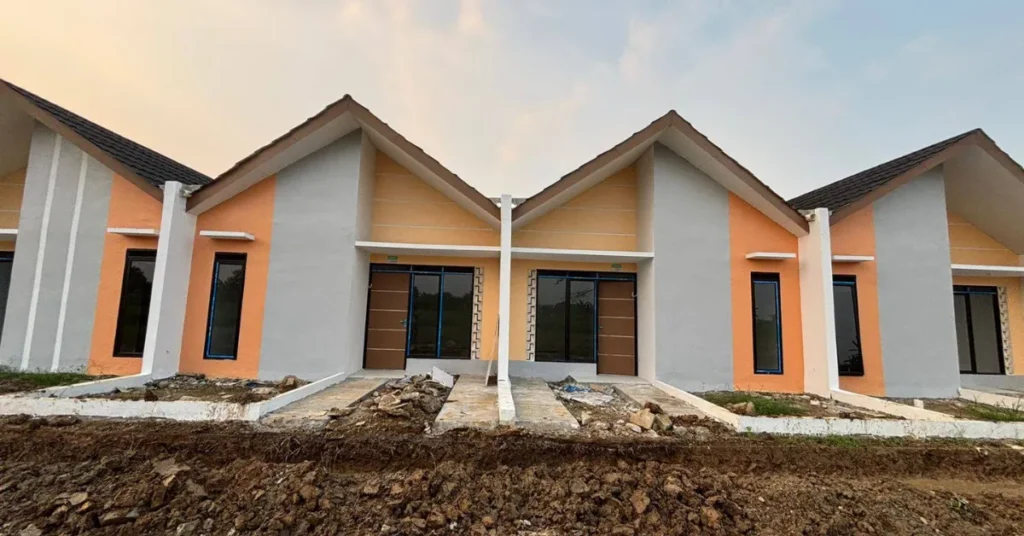
Singapore’s Public Housing Masterclass
If real estate were an Olympic sport, Singapore would be Michael Phelps.
Over 80% of Singaporeans live in government-built flats, thanks to one of the world’s most robust and well-managed public housing systems: the HDB (Housing & Development Board).
But here’s what makes it genius:
Instead of simply handing out subsidies, the Singaporean government builds quality housing, sells it at affordable prices, then gives grants layered on top of already subsidized pricing for certain income levels or family types.
Want to live closer to your parents? There’s a grant for that. Just got married? There’s a grant for that too. The result? Homeownership isn’t just common—it’s culturally embedded.
▶ Big takeaway: Singapore doesn’t just incentivize ownership—it incentivizes community.
Germany’s Green Building Push
In Germany, the government isn’t just throwing money at homebuyers. It’s nudging developers and homeowners to go green.
The KfW program (run by a government-owned bank) offers low-interest loans and repayment bonuses for people building energy-efficient homes. The greener you build, the more you save.
The result? Builders are embracing innovations like solar panels, heat recovery systems, and better insulation—not just for the planet, but because it literally pays off.
▶ Big takeaway: Germany uses incentives as an environmental lever. Sustainability isn’t just a nice idea—it’s financially rewarding.
U.S. vs. Canada: Incentives Across the Border
In the U.S., government involvement in housing looks like a chaotic buffet:
- First-time homebuyer credits
- Mortgage interest deductions
- Tax-advantaged savings accounts (hello, Roth IRA hacks)
- Government-backed loans like FHA, VA, USDA
It’s a patchwork system. Some programs are generous, some outdated, and some downright confusing. Many argue these incentives unintentionally inflate home prices.
Canada, on the other hand, takes a different approach with its First-Time Home Buyer Incentive—the government actually shares in the equity of your home. Risky? Maybe. But it lowers monthly payments and opens doors for people priced out of the market.
▶ Big takeaway: U.S. incentives tend to stimulate demand; Canada’s aim to ease financial burdens more structurally.
The Indonesian Angle: What’s Happening on Our Soil?
A Snapshot of Local Incentives Like FLPP, Tapera, and Tax Holidays
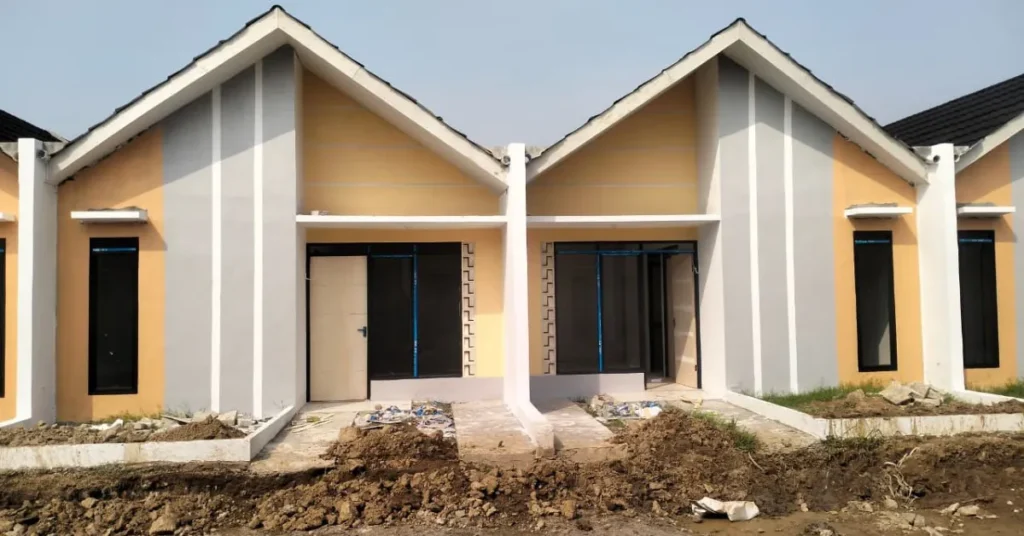
Back home in Indonesia, the government is making serious moves—especially for low- to middle-income earners.
Let’s break down a few key programs:
- FLPP (Fasilitas Likuiditas Pembiayaan Perumahan)
This is the big one. A long-standing subsidy program for mortgage interest rates, designed to help lower-income families afford their first homes. With FLPP, buyers get fixed low interest (usually around 5%) over 20 years. - Tapera (Tabungan Perumahan Rakyat)
A mandatory housing savings scheme aimed at long-term affordability. It’s a bit controversial—some love the idea of forced savings, others feel the deductions eat into already thin paychecks. - Tax Holidays for Developers
In specific zones (e.g., eastern Indonesia or new urban growth areas), developers enjoy exemptions or reductions in corporate taxes. The goal? Encourage more supply where it’s needed most.
▶ Quick stat: By 2024, the Indonesian government had subsidized over 220,000 housing units under FLPP annually. Not bad—but the backlog of unmet housing demand still looms large.
The Impact on Middle-Income Families and First-Time Buyers
Here’s where it gets personal:
For many young Indonesians, especially those in the sandwich generation, government incentives are the only reason homeownership is even possible. Without FLPP, the leap from renting to owning would be a cliff instead of a step.
But these programs aren’t always easy to access. Many potential buyers don’t even know they exist—or get overwhelmed by the paperwork and shifting regulations.
Still, for those who succeed, it’s transformative. Entire life trajectories change when someone moves from uncertainty (aka landlord mercy) to stability (aka “this is my house”).
Developers, Don’t Pretend You’re Not Interested
How Incentives Influence Where and What Developers Build
Let’s be real: developers aren’t out here building affordable housing out of sheer kindness and civic duty.
They follow the numbers. And when government incentives whisper “profit here,” you bet they’re listening.
Incentives like tax holidays, accelerated permits, land grants, or infrastructure support don’t just shave costs—they practically draw a map for developers:
- “Want your project approved faster?” Build in this low-density zone.
- “Want a 5-year tax break?” Include 30% affordable units.
- “Want utility hook-ups on the government’s dime?” Invest in this designated area.
Suddenly, places that were considered “meh” become hot development zones. We’ve seen this in places like Bekasi, Palembang, and outer areas of Jakarta, where TOD (Transit-Oriented Development) projects exploded after incentives kicked in.
“Build It and They Will Come?” Not Anymore
Gone are the days when developers could just slap together cookie-cutter houses 30km outside the city and wait for desperate buyers.
Modern buyers are savvy. They want:
- Proximity to transit
- Walkability
- Access to jobs and schools
- And, increasingly, sustainable features
Governments know this, so they tweak incentives to reward smart development, not just volume.
And the results? Mixed.
Some developers embrace the shift, building compact, green, well-connected neighborhoods that actually work for real people. Others… well, they game the system, building the minimum required affordable units just to unlock incentives, then focus on luxury units next door.
The Rise of Transit-Oriented Development (TOD)
Transit-oriented incentives have become the new gold rush.
In Indonesia, for example, Perumnas and private developers are flocking to build vertical housing near LRT, MRT, and commuter rail lines. Why? Because the government’s TOD policy streamlines permits and sweetens land acquisition terms for developments within 800 meters of a transit hub.
These aren’t just high-rise apartments—they’re entire mini-cities designed around mobility. And the incentives are making them happen.
▶ Real Talk: Without these nudges, developers would likely keep building where land is cheapest—which often leaves low-income buyers stranded far from jobs, schools, and hospitals.
Investors Are Listening, Too
Why Incentives Matter for Foreign and Local Investors
Investors—both local and international—have become incentive hunters.
For foreign investors, a country’s housing incentives signal more than economic opportunity. They scream: “Is this market stable? Friendly? Scalable?”
For instance:
- Japan’s property market saw a spike in foreign investor interest after incentive programs for earthquake-resistant buildings were introduced.
- Indonesia’s tax incentive policies for foreign-owned real estate in SEZs (Special Economic Zones) have drawn attention from Singaporean and Chinese investors.
Locals aren’t far behind. Many Indonesian property investors are now focusing on incentivized clusters—areas where government programs create better resale or rental value.
Rental Markets and the Trickle-Down Effect
Let’s talk rental markets for a second.
Even when incentives target buyers or developers, renters feel the impact—especially in cities with high investment activity. Here’s how it plays out:
- Government offers incentives to build in a new zone.
- Developers swarm in. Investors follow.
- Area gets new infrastructure, roads, lighting, etc.
- Rents spike—because now everyone wants to live there.
So ironically, incentives meant to increase affordability can also lead to rising rents in the short term, especially if supply can’t keep up.
▶ Quote-worthy insight:
“Policies shape profit—and profit shapes property.”
— An anonymous real estate analyst we met at a coffee shop in Kemang.
It’s Not All Sunshine and Subsidies
When Incentives Backfire: The Risk of Artificial Bubbles
Here’s the harsh truth: not all incentives lead to sustainable growth. In fact, some create artificial demand that distorts the market.
Take the U.S. housing crash in 2008. While not the sole cause, over-aggressive mortgage incentives and a lack of regulatory oversight played a role in inflating housing prices to absurd levels—until it all came crashing down.
We’ve seen smaller versions of this in Southeast Asia too. In 2020, a rush of temporary buyer incentives in Malaysia led to short-term price spikes… followed by a cooldown that left developers holding unsold inventory.
Short-Term Wins vs Long-Term Stability
One of the biggest critiques of government incentives in real estate is this: they often chase headlines, not housing justice.
Short-term grants and tax breaks win points during elections. But do they create long-term housing access, equitable growth, or smart city planning? That’s more complicated.
And without clear exit strategies, these incentives can dry up suddenly—leaving projects unfinished, buyers stranded, and trust eroded.
It’s Not All Sunshine and Subsidies
Unexpected Consequences Nobody Talks About
Let’s be brutally honest. Government incentives aren’t magic. They’re more like hammers—you can use them to build a house or accidentally smash your own thumb.
Here are the ripple effects no one brags about in press conferences:
The Gentrification Debate: Are Incentives Pushing People Out?
Imagine this: a rundown urban neighborhood finally gets attention. The government throws in incentives for developers to build there—tax breaks, permit fast-tracks, maybe a subsidy for mixed-use buildings. Suddenly, the place is booming.
New cafés. Bike lanes. Condos with names like “The Lofts at Jatinegara.”
But here’s the catch: locals can’t afford it anymore.
Property taxes go up. Rent prices skyrocket. Long-time residents get priced out. And just like that, the community that gave the area its identity is pushed to the margins.
▶ This isn’t just an American or European issue. It’s happening in parts of Jakarta, Bandung, Yogyakarta, and even Surabaya. Gentrification, driven by incentives, is real—and painful.
Do Incentives Favor Developers More Than Citizens?
This one stings. Many housing programs sound like they’re helping everyday people. But peek under the hood, and you’ll see that developers are often the real beneficiaries.
Example:
A government offers density bonuses (build more units than normally allowed) if a developer includes just 10% affordable housing. Sounds fair, right?
But in practice, that 10% is often the bare minimum—small, less desirable units buried in a corner of the property. Meanwhile, the other 90% are luxury apartments with premium pricing.
▶ The phrase “affordable housing” becomes a label, not a mission.
The Human Side of Policy
A Family’s Story: From Renting to Owning Thanks to a Tax Rebate
Let me introduce you to Joko and Santi—middle-income earners in Semarang with two kids and a mountain of school fees. For years, they rented a tiny place and never dared dream of owning a home.
Then came a government rebate program tied to new housing zones. After some hustle and help from a real estate agent friend, they bought their first home—a 36/72 house in an emerging satellite city.
“It wasn’t just the money,” Santi told me. “It was the feeling of having a place that’s ours.”
The takeaway? When incentives work, they don’t just move markets. They change lives.
Housing Dreams Delayed: When the Promise Doesn’t Deliver
But not everyone is as lucky as Joko and Santi.
Take Dani, a young architect in Jakarta. He qualified for an FLPP-subsidized unit… but the project got delayed for two years. The developer ran into licensing issues. The bank dragged its feet. The interest rate changed. By the time it was sorted, Dani had already left Jakarta for work abroad.
“I gave up,” he said. “My dream of owning a house got buried under bureaucracy.”
▶ Government incentives are only as strong as the systems that support them.
Incentives for Sustainability—Green and Growing
Solar Roofs, Low-Carbon Concrete, and Other Eco Rewards
Here’s a brighter side: green building incentives are finally getting the love they deserve.
In Indonesia, the government has started offering soft incentives—like faster building permit approvals or energy-efficiency scoring—to push eco-conscious design. It’s not as aggressive as in Germany or the Nordics, but it’s a start.
Some developers are getting creative:
- Installing solar panels to qualify for green building certification
- Using recycled or low-carbon materials to earn “eco points”
- Designing water-reuse systems for long-term operating cost reductions
The best part? Buyers are starting to ask for it. Eco homes aren’t just a trend—they’re becoming a selling point.
How Policy Is Nudging Real Estate Toward a Greener Future
Climate change is forcing governments to rethink how real estate is built. Incentives are evolving to reflect that.
We’re starting to see:
- Carbon credit partnerships with developers
- Green mortgages with lower interest for sustainable buildings
- Urban heat reduction bonuses for developers who integrate trees, parks, and shading systems
▶ These aren’t just buzzwords—they’re the building blocks of future-proof cities.
Tech Meets Policy: The Rise of Smart Incentives
Digital Permits, AI Housing Maps, and Streamlined Approvals
Bureaucracy has long been the Achilles’ heel of housing programs. But tech is finally cracking that wall.
Some cities are:
- Using AI mapping to identify where incentives are most needed
- Launching digital permit systems that cut processing time in half
- Offering online incentive calculators so developers can see instantly what they qualify for
In short, incentives are getting smarter, not just bigger.
Can Tech Close the Accessibility Gap in Housing Programs?
Maybe. Maybe not.
Tech can streamline access—but only for those who can use it.
There’s still a digital divide in many parts of Indonesia and beyond. People who need the most help—elderly citizens, informal workers, rural communities—often have the least access to these tools.
▶ If tech is the future of incentives, we better make sure it’s inclusive, not just efficient.
Youth Homeownership: A New Generation of Incentivized Buyers
Millennials and Gen Z Are Paying Attention—But Are They Buying?
Let’s be real: Gen Z and millennials grew up watching their parents chase the homeownership dream. But for many, that dream now feels like a Netflix reboot—familiar storyline, different outcome.
High prices. Crushing student debt. Job instability. TikTok therapy sessions about how “owning a house is a scam.”
But here’s the twist: incentives are starting to catch their eye.
Take Indonesia’s subsidized mortgage programs (like FLPP). When you mix low down payments, fixed low interest rates, and property developers getting aggressive on marketing via Instagram and Shopee—you suddenly have young buyers seriously considering buying a home in their 20s.
And it’s not just here. In Europe and Canada, “youth-first” housing grants are becoming part of election platforms. These programs don’t always work—but when they do, they create lifelong shifts.
▶ One incentive, and suddenly that cynical millennial is signing a mortgage.
TikTok Meets Tax Rebates: How Young Buyers Are Learning the Rules
Here’s a sentence I never thought I’d write: Gen Z is learning about real estate incentives from TikTok.
But it’s happening.
Financial influencers (“finfluencers,” if you must) are creating 60-second breakdowns on how to:
- Qualify for a housing grant
- Hack the FLPP program
- Calculate mortgage payments using trending audio
It’s raw, simplified, and sometimes dangerously oversimplified—but it’s spreading awareness to people who might never read a government pamphlet.
▶ The next evolution of housing policy may depend less on paperwork—and more on virality.
The Politics of Place: Incentives as Urban Planning Tools
How Cities Use Incentives to Shape Growth and Community
Incentives are more than just financial nudges—they’re urban planning tools with political power.
Let’s say a city wants to reduce congestion. They might:
- Offer incentives to build near public transit
- Penalize sprawl by restricting approvals in far-flung zones
- Encourage vertical living with higher floor area ratios (FAR) for green designs
Or maybe they want to promote social equity. They might:
- Require developers to set aside a percentage of units for low-income families
- Offer tax breaks for mixed-income housing developments
The city isn’t just letting the market run wild—it’s saying: “Here’s how we want our city to grow.”
▶ Urban planning and real estate incentives? Same toolbox, different labels.
Are We Building Homes or Social Equity?
Now for the spicy question: Who are we really building for?
Some argue that incentives, when done right, can correct historic wrongs—like redlining, slum clearance, or urban neglect. Others argue they’re just window dressing—lipstick on a gentrified pig.
The truth is, incentives don’t just shape buildings—they shape who gets to live where.
And when those incentives are crafted without listening to communities, the result can be exclusion masked as progress.
What the Data Says (and What It Doesn’t)
Surprising Statistics on Home Sales and Incentive Uptake
Let’s nerd out for a moment.
According to Indonesia’s Ministry of Public Works and Housing:
- Over 232,000 subsidized housing units were distributed in 2023 under FLPP and Tapera.
- Regions like West Java, Central Java, and South Sulawesi saw the highest uptake.
- Mortgage delinquency rates on these subsidized units remain below 1.5%—shockingly low.
In other words: people who get help tend to succeed.
But don’t let the numbers fool you…
Misleading Numbers: When the Stats Don’t Tell the Whole Story
Not all data tells the full story.
Example:
- A city reports a 40% increase in first-time homebuyers thanks to an incentive.
- But dig deeper, and you’ll find 70% of those purchases were made by investors using family members as proxy buyers to qualify.
Or:
- A program touts “affordable units created”—but 90% are studio apartments priced just below the legal cap. Technically affordable. Practically useless for families.
▶ Stats are slippery. Always ask: Affordable for whom? Sustainable how? Impact measured by what?
Lessons from History: What Past Incentives Taught Us
Housing Booms, Busts, and the Invisible Hand of Policy
Real estate history is full of mood swings—and policy had its fingerprints all over them.
- The U.S. post-war boom was fueled by VA loans and GI Bill benefits.
- The Japanehttps://www.capitalmind.in/insights/lost-decades-japan-1980s-asset-price-bubblese bubble of the ’80s was bloated by cheap credit and land speculation.
- Even the 1997 Asian Financial Crisis had roots in aggressive development paired with weak regulation.
In each case, well-intended policies played a role—but unintended consequences rewrote the ending.
▶ Lesson: Government incentives must evolve with the market. What worked in 1990 may break the system in 2025.
Why Smart Incentives Are About Balance, Not Bribes
The best incentives don’t distort markets. They support markets.
That means:
- Incentives tied to real need, not hype.
- Balanced support across buyers, renters, and builders.
- Flexibility—so programs can scale or contract without imploding.
Incentives shouldn’t be sugar highs. They should be long-burning fuel.
What Comes Next: The Future of Government-Backed Real Estate
Will Incentives Stick Around or Evolve into Something Bigger?
Short answer: both.
The world’s housing crisis isn’t going away. And governments aren’t going to stop using incentives to steer the ship.
But the next wave of incentives may look very different:
- AI-powered personalized grants
- Dynamic mortgage rates based on your environmental score
- Gamified public housing applications (yes, seriously—it’s being tested in Taiwan)
In other words: less red tape, more relevance.
Housing Utopia or Policy Dystopia? Let’s Discuss.
Here’s a provocative thought:
What if incentives—originally designed to fix inequality—end up deepening it?
If only the well-connected know how to access programs… if tech-based systems exclude the digitally invisible… if data shapes cities more than democracy does…
Then incentives may stop helping—and start hurting.
▶ The question isn’t “Should we offer incentives?”
It’s “Who gets to benefit—and who gets left behind?”
Conclusion: Square Meters, Big Questions
Every policy has a price tag. But incentives? They carry ideological weight.
They decide who gets to own. Where people get to live. What kind of homes get built. And most importantly, whose dreams get funded.
Government incentives in real estate aren’t just about numbers on a balance sheet. They’re about belonging, about fairness, about the silent power that shapes every street, block, and neighborhood.
So next time you pass a new housing cluster, a green-roofed condo, or a tiny unit tucked behind a luxury tower, ask yourself:
What invisible hand helped shape this space—and who really paid the cost?
🧠 FAQs That Will Make You Think
1. Why do some real estate incentives actually drive prices up instead of down?
Because incentives boost demand—and if supply doesn’t keep up, prices spike. A classic case of good intentions with unintended inflation.
2. Can you “hack” government incentives as a buyer or developer?
Yes—and some do. From stacking multiple grants to exploiting legal loopholes, those with access to information (and clever lawyers) often extract the most value.
3. What’s the dark side of “affordable housing” policies?
When poorly designed, these policies create token “affordable units” in expensive projects, giving the illusion of equity while preserving inequality.
4. Do incentives make cities more inclusive—or more segregated?
It depends. Smart incentives promote mixed-income living. Bad ones cluster poverty or wealth in isolated zones, deepening divides.
5. How would real estate look in a world with no government support?
That’s the libertarian dream—or nightmare. Imagine a pure supply-demand market where only private capital decides what gets built. The likely outcome? More luxury, less equity.
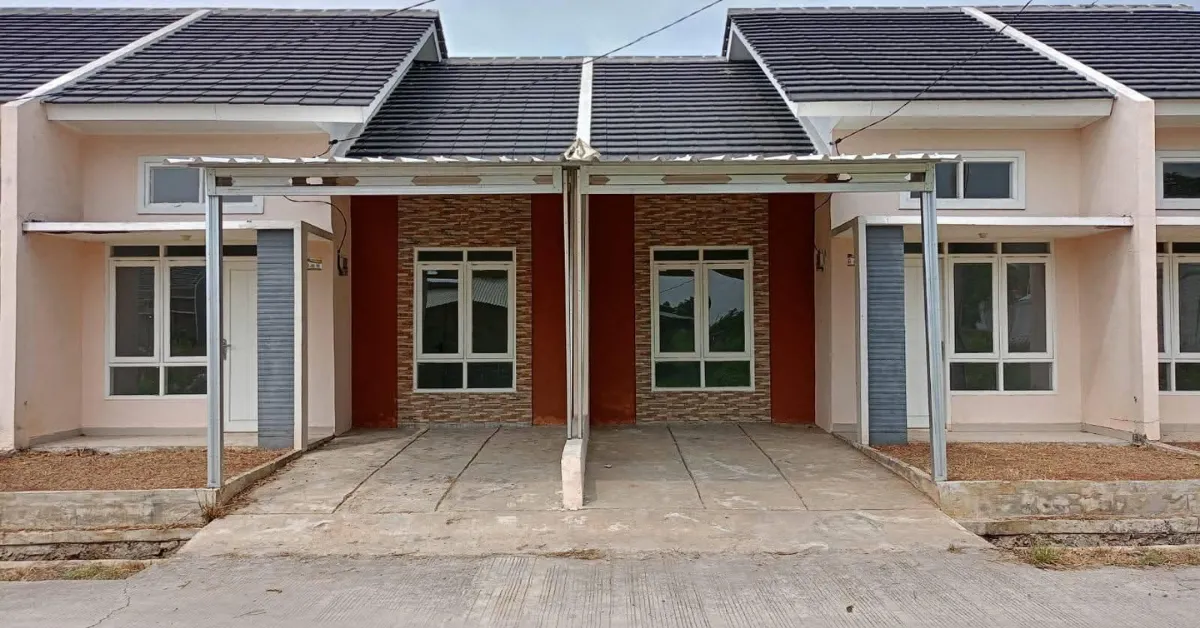



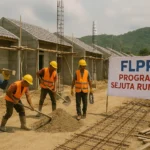
Leave a Reply